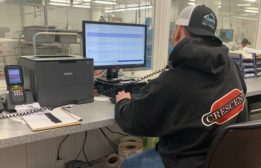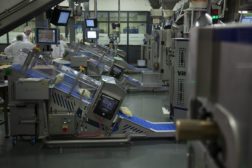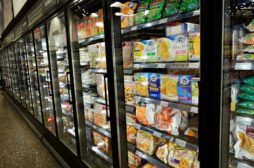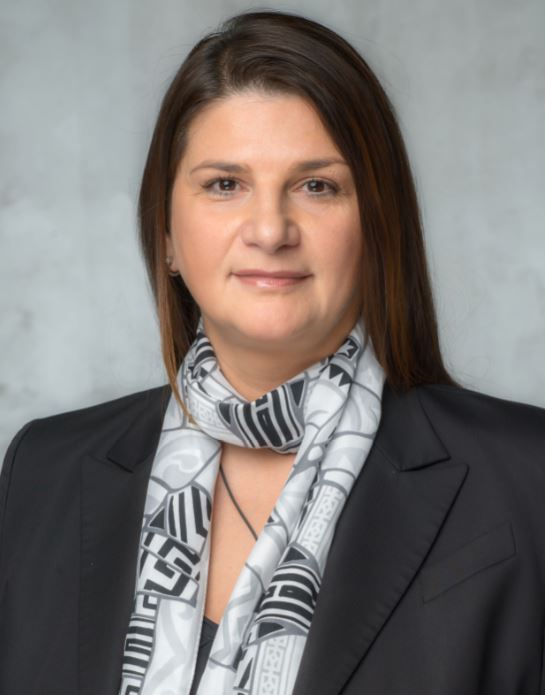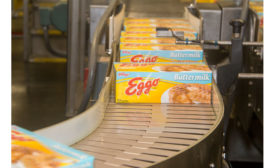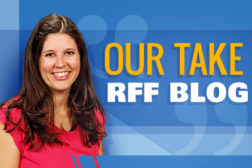Exclusives Stories
Crescent Cold Storage’s ERP (enterprise resource planning) software drastically improves their inventory management.
Read More
Tyson and Sysco Quarterly Reports Show the Impact of COVID-19 Foodservice Shutdowns
Diversifying production, inventory and distribution toward other cold foods channels will be crucial in a post-COVID-19 world.
May 4, 2020
Reducing Product Effect in Chilled and Frozen Foods During Metal Detection
Improvements in the accuracy of metal detection can pinpoint even the smallest fragments and elusive grades of stainless steel in foods.
March 15, 2020
Why transparency is Kellogg’s must-have ingredient
It's Kellogg’s compassion, care and initiative to make sustainability a vital part of the business that garnered it Refrigerated & Frozen Foods’ 2016 Sustainable Processor of the Year award.
May 16, 2016
Elevate your expertise in refrigerated and frozen foods with unparalleled insights and connections.
Get the latest industry updates tailored your way.
JOIN TODAY!Copyright ©2024. All Rights Reserved BNP Media.
Design, CMS, Hosting & Web Development :: ePublishing
